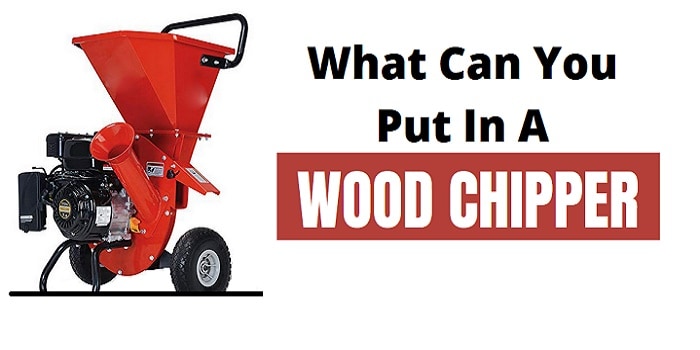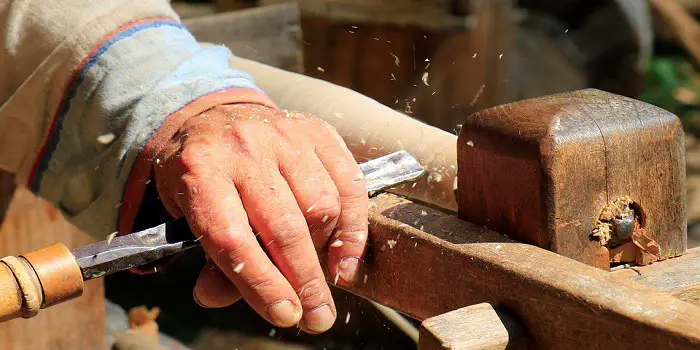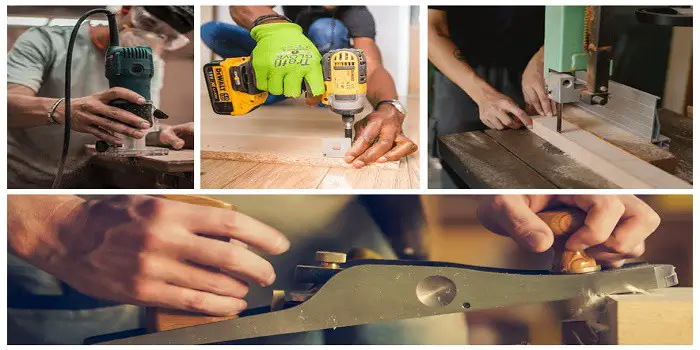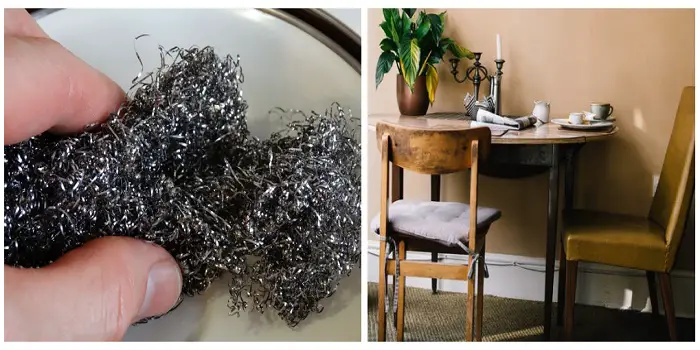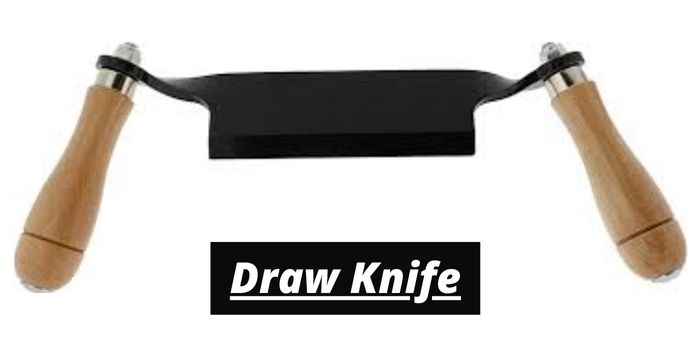
A draw knife is a woodworking tool used to shape wood by taking away shavings. The blade is slightly curved, but its most distinctive feature is the handles on both sides.
You pull the draw knife towards you when in use, hence the name. But what is a draw knife used for?
Draw Knife Uses
Although the draw knife appears to be a specialty tool, it does have several uses. Some of the most common include the following.
- Billets for the Lathe
- Creating Thin Shavings
- Debarking Trees
The draw knife itself is rather small, but if it were larger, the knife would be difficult to use properly. The blade itself normally runs from 6” to 10” in length.
The handles are set at right angles to the blade and somewhat down the plane. With a little practice, you can pull away layers of wood rather easily. However, it will take time to master the use of the draw knife fully.
Removing larger chunks of wood at one time is more complicated. Those who have mastered the use of the draw knife can do so, but you will need to be careful to keep from damaging the wood and the blade.
Curved and Straight Draw Knife
The two basic types of draw knives are curved and straight. Curved draw knives offer an advantage over straight ones when getting into hard-to-reach areas.
If you want to make deeper cuts, then the curved draw knife is the right choice.
However, straight-draw knives have their advantages as well. If you want to make smooth, fine cuts across larger surfaces, then the straight version is the one to obtain.
However, both work quite well for most jobs that require the removal of wood.
But how do you use a draw knife safely? The answer starts with keeping the blade sharp and clean. What follows are tips on how to properly use a draw knife.
How a Draw Knife Works and How to Use It?
Grip the draw knife on both handles with the bevel facing up, and then change the grip when you want the bevel to face down.
Most draw knives are used with the flat side down as this creates a finer cut. But you can have the bevel face up if you desire. This provides more of a shearing action, while having the bevel down creates more of a scooping effect.
There are many who believe that working the draw knife with the bevel down provides the optimal result. But the truth is that whether you choose bevel up or bevel down, you should find what works for you depending on what you are trying to achieve.
Sitting down when using the draw knife is more desirable because you can better grip and control the knife when in action. This way, you can use your legs to their best effect in pulling the draw knife.
However, if you must stand up, then consider pushing the draw knife away from you using gravity along with your own body weight.
Be sure to use a proper sharpening stone with medium grit to sharpen the draw knife. Be sure to secure the draw knife first, then make circular motions with the stone down the edge of the knife.

Hi, I am Mark Garner a professional carpenter, woodworker, and DIY painter. I live in the small city of Peoria, Arizona as a semi-retired woodworker. I have started this blog with a simple motive to help you with my wood experience in this sector. If you like to know more about what I love doing and how it all got started, you can check more about me here.

